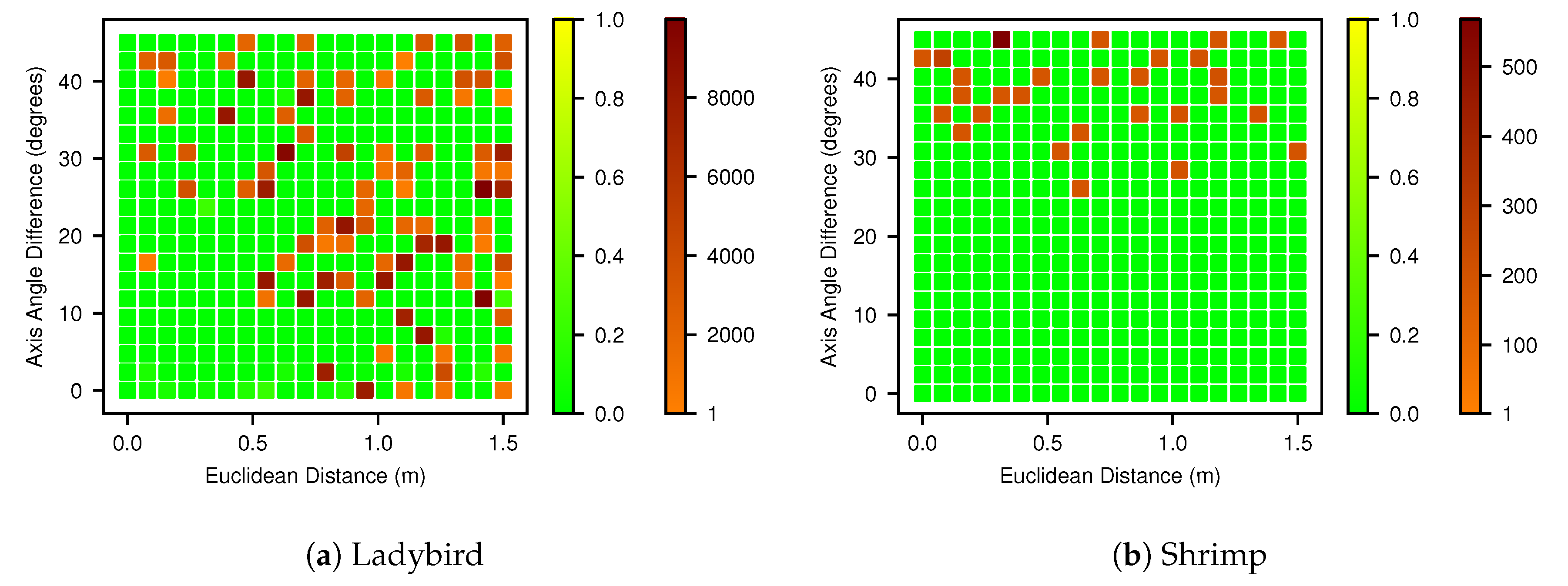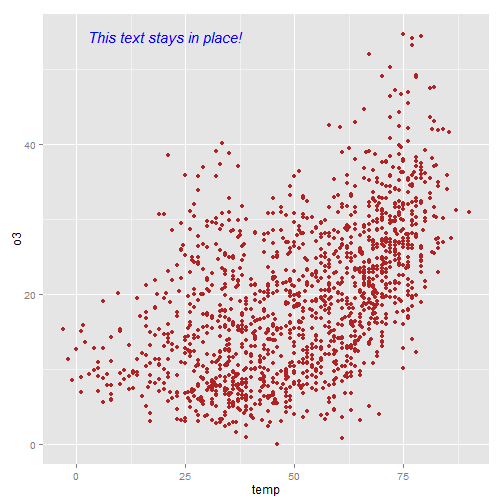

- #X AND Y AXIS ADJUSTMENT CREATION WORKSHOP HOW TO#
- #X AND Y AXIS ADJUSTMENT CREATION WORKSHOP SERIES#
This did nothing for the parent chart other than make its max 40M instead of 30M, however introduced the problem on the drill down. In trying to get the Y axis to scale at different intervals I set Y Axis Start property to 0 and Y Axis End to 35M. So I'd prefer to see a Y axis scale adjustment when the drilldown occurs to make the stacks look better on the eye, and reflect the min/max values of the drill down state, not the parent graphs state. If I had $26M in invoicing in August, I drill down into august, my daily highest may only be $4M, this makes all the stacks rather small. However the Y Axis is keeping the scale from the highest level of the graph. Is this possible, if so how?Ģ) The same graph mentioned above, lets you drill down into a Month stack, to see days of that month. The problem is i want this to be a little more dense, say 5 million intervals, so it shows 5M, 10M, 15M, 20M, 25M, 30M, 35M, 40M. For more information on axis range, refer to Visual Ranges and Whole Ranges.
#X AND Y AXIS ADJUSTMENT CREATION WORKSHOP HOW TO#
It is automatically scaling to $10M intervals, 10M, 20M, 30M, 40M. 3 minutes to read This example demonstrates how to use the AxisBase.VisualRange property to define the visible range of an axis, and the AxisBase.WholeRange property to define its whole range. I have a clustered Column Chart that shows invoicing by month. We can manually set the axis format to either currency or percentage, but then the format will be wrong for one of the metrics.1.

The calculated metric swapper will always be formatted as a regular number. The default format for the axis will not change from currency to percent as our metric changes. You can learn how to do this from our blog post called Tableau 201: Allow Users to Choose Measures and Dimensions.

We can create a parameter to select a desired metric and then use it in a calculated field to display the corresponding metric. Sales is a whole number in the currency format, and profit ratio is a percentage. In the Visualizations pane, select Format (the paint roller icon ) to reveal the customization options. In the Format Axis dialog box, click Axis Options, and then do one or more of the following: Important The following scaling options are available only when a value axis is selected. Right now, theyre light grey, small, and difficult to read. On the Format tab, click Vertical (Value) Axis in the dropdown list and then click Format Pane. In the seaborn histogram tutorial, we learned how to draw histogram using sns. The seaborn sns.barplot() function draws barplot conveniently.
#X AND Y AXIS ADJUSTMENT CREATION WORKSHOP SERIES#
Let’s imagine a stakeholder wants to view a series of metrics as individual line graphs, including sales and profit ratio. The X-axis labels display below the columns in the chart. If you have x and y variable dataset and want to find a relationship between them using bar graph then seaborn barplot will help you.

This can be fairly tedious, and if you’re new to Tableau, or on a tight deadline, you need a quick solution. The operator must be defined on its side with the stem lying along the x-axis and the handwheel lying along the y-axis. Depending on your visual however, metrics with different units are sometimes difficult for Tableau to display accurately without some customization. Sometimes you may want to include multiple metrics in a visual but display them individually when selected. Tableau is a powerful data visualization and analysis tool that can easily represent several metrics in one visual. Set XAxisLocation to either 'top', 'bottom', or 'origin'. Change the location of the axis lines so that they cross at the origin point (0,0) by setting the XAxisLocation and YAxisLocation properties of the Axes object. This post is part of our Six Favorite Tableau Tips, Tricks and Hacks to Enhance Dashboards collection. By default, the x-axis and y-axis appear along the outer bounds of the axes. Digital Analytics Platform Implementation.


 0 kommentar(er)
0 kommentar(er)
